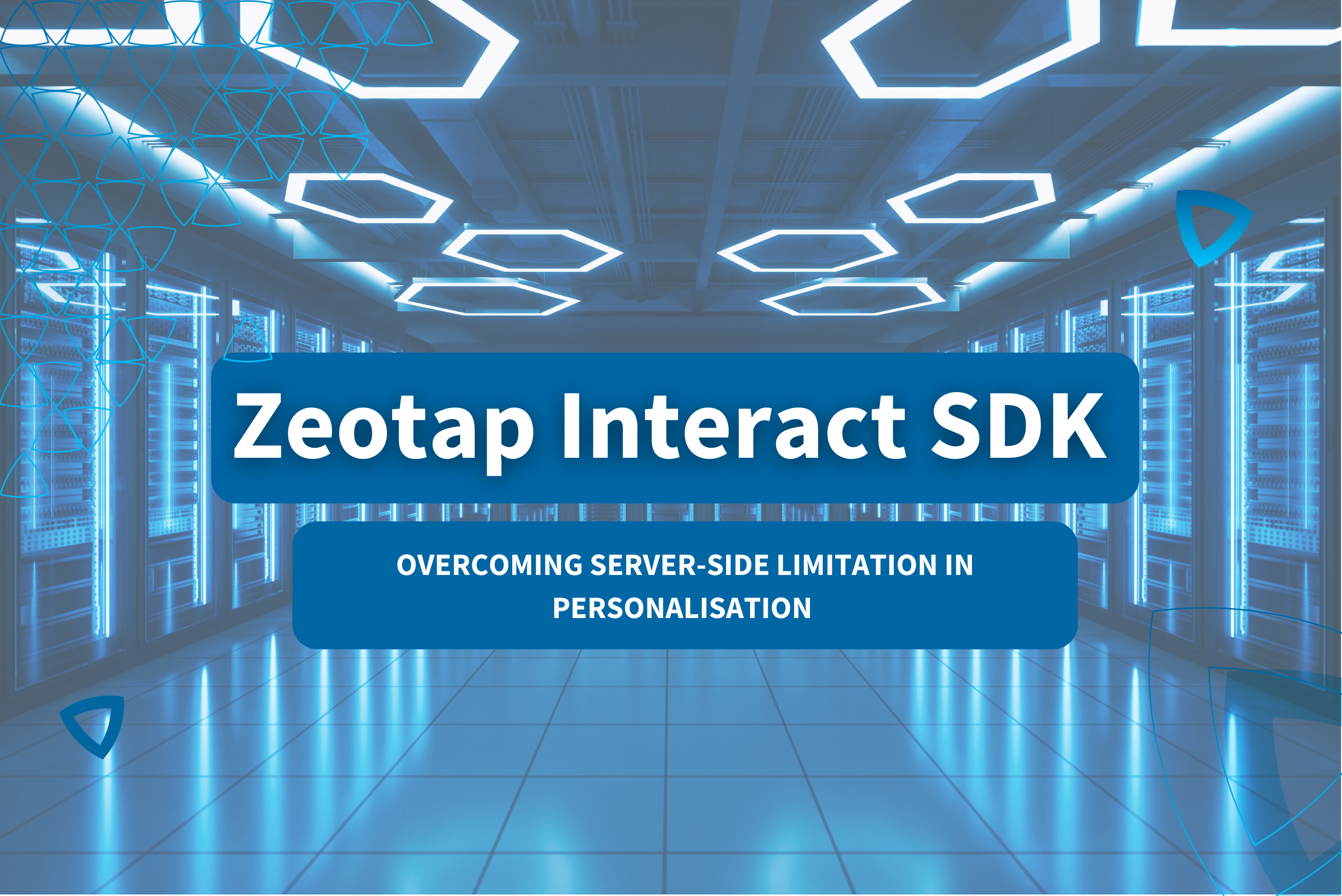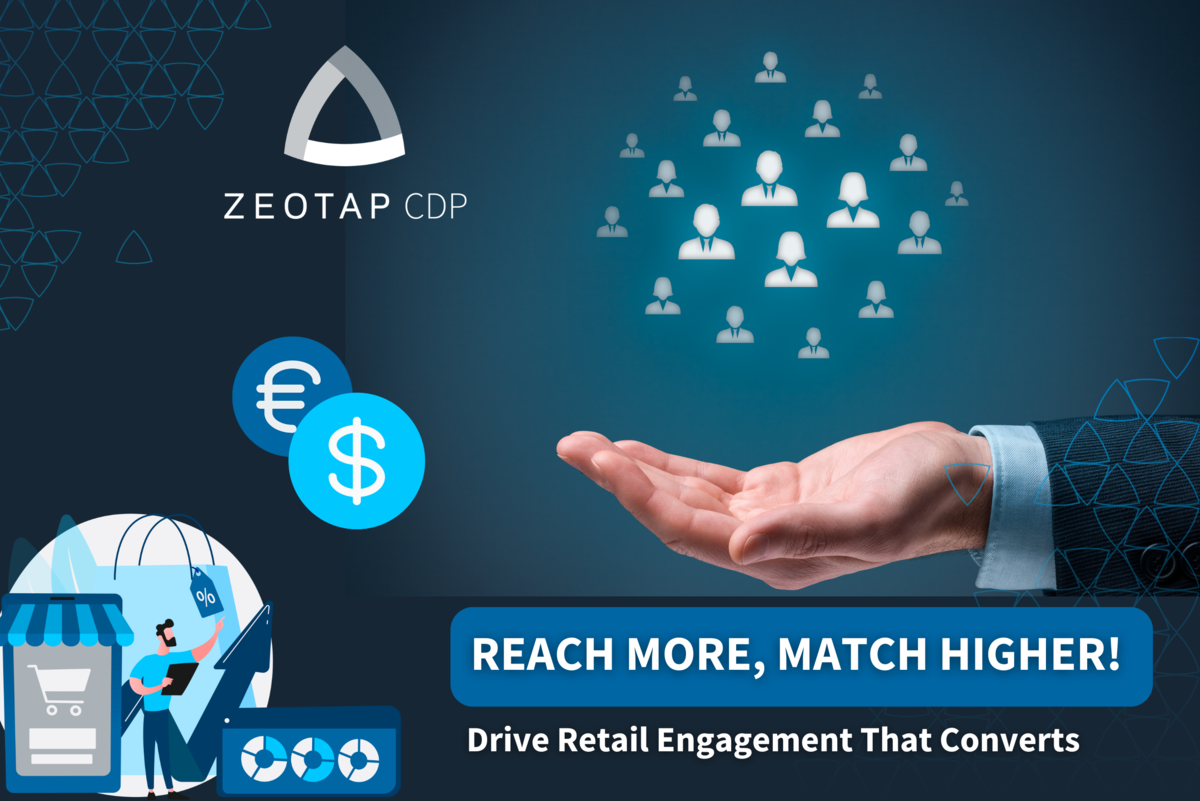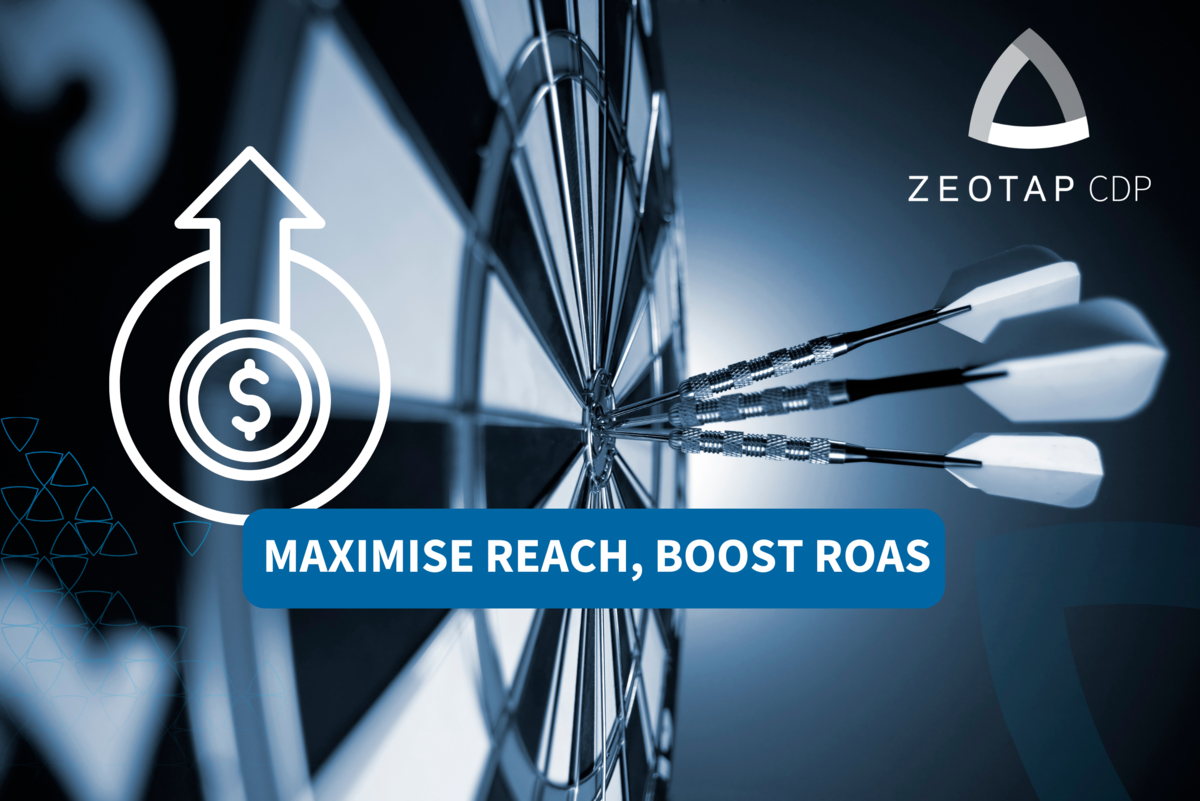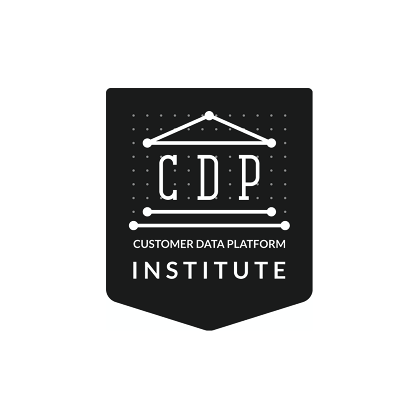Understanding the different types of data available for a campaign can go a long way toward reaching business goals. For example, some campaigns may only need first and second-party data, while others may need a mix of second and third-party data.
But how do first, second and third-party data differ from each other?
The main differences between first, second and third-party data are in trade-offs between reach, quality and context. In this blog, we’ll explore the three types of data and their differences.
What is first-party data?
First-party data is collected by the company itself. For marketers, first-party data enables them to target and segment customers using data collected from their own customer journey touchpoints.
Because it’s collected directly from the source, it is seen as quality, ‘verified’ data. Companies who do not collect and leverage first-party data are essentially missing out on bottom line revenue and new customer acquisition.
How First-Party Data Is Collected
First-party data is collected by embedding a pixel to either the corporate website, product, or social profiles. Through this, companies can collect information directly from their audience, such as behaviours and transactions.
First-party data can include:
- Behavioural data (such as a customer’s interests and brand interactions) demonstrated across a website or app
- Pre-existing data, such as an email address
- Subscription data
- Social networking data
- Offline information like surveys and customer feedback
- Data collected via retail transactions/purchases
The data can then be stored and managed in tools such as a Customer Data Platform (CDP), which keeps the data in one place and allows you to action that data based on a 360 degree view of your customers.
How First-Party Data Benefits Marketers
For marketers, three of the biggest benefits of first-party data are:
Predicting Patterns
First-party data empowers marketers to confidently predict future patterns in a customer’s behaviour. For example, if a segment of the audience has been researching golf shoes or recently added a pair to their shopping cart, then it’s sensible for a business to market to this customer based on their interest in golf.
Conversely, if they don’t click on banner ads but instead watch video content frequently, marketers can infer that this type of user prefers to view more visual content.
Personalisation
Similar to how first-party data can be used to predict patterns in behaviour, it also helps marketers deliver highly personalised experiences to their customers.
For example, by looking at the content a customer has viewed in the past (for example, a customer adding a pair of golf shoes and a golf shirt to their shopping cart) a marketer can then tailor future campaigns to promote similar items that complement their previous purchases (like a set of golf clubs, or a promotional discount for other golf accessories).
Low (to no) cost
Because the data is collected by the company itself, it’s available at little-to-no additional cost- unlike second and third-party data (as we’ll go over in the next sections).
What is second-party data?
Second-party data is information that comes from a source outside of a company’s own audience – collected by another company and then sold or shared to another non-competitive company.
How Second-Party Data Is Collected
Second-party data is collected by the company that owns the specific dataset. It could include data collected from similar sources as first-party data, like:
- Activity on websites
- Mobile app usage
- Social media
- Customer surveys
In order to use second-party data, a business needs to seek out providers and either partner with them, use their tools or buy their data.
How Second-Party Data Benefits Marketers
Second-party data is beneficial to marketers because it provides access to information and insights that first-party data would be unable to provide on its own.
In addition to this, because it comes directly from the company that collected it, the data is likely to be of high quality and accuracy because typically second-party data is not aggregated from a variety of sources.
Second-party data transactions also offer a high level of transparency to the purchasing side of the business because they work alongside the company that owns the data set. This enables complete control over how much is bought, how it’s scaled and how the information will be used.
Scale existing datasets
Many businesses purchase second-party data to add scale to their existing first-party data and boost a company’s reach without compromising data quality and accuracy.
Reach new audiences
Second-party data is especially useful for reaching new audiences.
For example, let’s say you have an eCommerce website for women’s shoes and apparel. The majority of your first-party data would derive from female customers, but what about men searching for footwear for their partners or family members? Because the store is catered toward women, it’s likely that any first-party data captured from the male shoppers is limited, and therefore unlikely to build predictive models or provide valuable insights.
Using second-party data allows these marketers to reach target demographics and new audiences more effectively by seeking out sites with larger volume of male visitors, or even partnering up with niche websites geared toward fashion enthusiasts who also share similar interests.
Another example is companies that launch products while leveraging each other’s first-party data – such as co-branded credit cards with airlines and retail stores.
What is third-party data?
Third-party data is data purchased from external sources called data aggregators. Data aggregators collect data from multiple sources, such as platforms and websites.
Data aggregators organise these datasets into segments based in various data categories, such as industry, audience behaviours, interests and demographic information. Each category is further broken down into segments, and a buyer can choose which segment they’d like to purchase.
However, the contents of each third-party data segment will vary from seller to seller, so businesses must be aware of what they are buying and also where the data was obtained from before they make a purchase.
How Third-Party Data Is Collected
To obtain third-party data, it must be purchased from data providers. Providers can commonly be found through DSPs (Demand Side Platforms), DMPs (Data Management Platforms) and on public data exchanges.
When purchasing third-party data, buyers should consider a number of factors. First, before deciding on a data provider, the buyer should ascertain how they collect their information when the data was obtained, and from where.
Buyers should also enquire as to what kind of data the seller is offering in order to determine the quality and whether or not it is relevant to their campaign needs. Variations can include:
- Declared data
Deterministic data that was knowingly provided by a user through data capture methods such as an online form.
- Inferred data
Probabilistic data has suggested insights about data that is non-demographic, like interests obtained by a user’s online interactivity with an app or website.
- Observed data
Data that has been obtained by tracking users online activity, such as click-throughs on product pages.
Continue reading: Probabilistic vs Deterministic Data
In addition to varying data, there are also two different kinds of audiences:
- Observed audiences
Users who performed an action, like purchasing a product or visiting a website.
- Modeled audiences
An audience created by data providers, obtained by finding users with similar characteristics to the observed audience.
How Third-Party Data Benefits Marketers
Third-party data provides significant volume and reach, which means it can be used to expand audience datasets and glean actionable insights into their behaviours and interests. In particular, third-party data is significantly more powerful when combined with first-party data.
Enrich and scale first-party data
Purchasing third-party data is the equivalent of purchasing additional insights into your existing first-party audiences, which provides a more comprehensive overview of exactly who the target demographic is.
Increase targeting precision
Third-party data is a great way to target the groups of people that are most likely interested in your product. Third-party data can also help you find out what kind of demographics, behaviours and contextual factors they fall into, which helps to amplify targeting accuracy.
Bringing Data Together Using A CDP
Customer Data Platforms are a powerful tool used by marketers to unify all customer data into one, convenient, centralised and easily accessible database.
CDPs build 360 view customer profiles by combining first, second and third-party data from a variety of sources, including DMPs, websites or mobile apps, POS systems or data warehouses.
With these profiles created, users can then create audience segments (sometimes even based on machine learning), and activate them across other channels such as paid media, SMS marketing, customer service tools and even website personalisation.
Considering a Customer Data Platform for your business?
Download our comprehensive CDP guide to learn what it is (and isn’t), the range and complexity of the data sources that power it, and the most important capabilities you should look for when weighing your options.

































